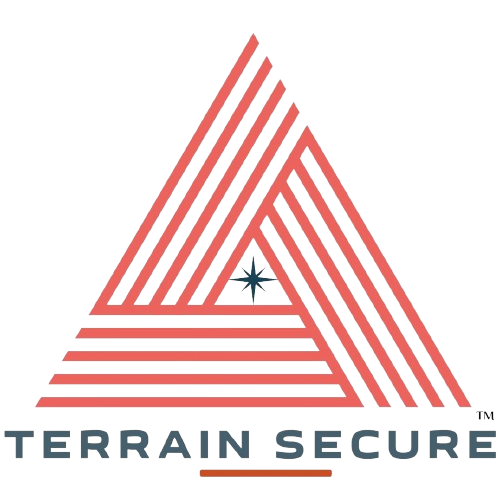RFID TAG
RFID TAG
Creating content for an RFID tag involves detailing its features, benefits, specifications, applications, and usage guidelines. Here’s a comprehensive outline for the content:
1. Introduction
- Overview: Brief introduction to RFID tags, their purpose, and their importance in various applications.
- Target Audience: Identify who the product is designed for (e.g., businesses, warehouses, access control systems).
2. Key Features
- RFID Technology: Explanation of how RFID tags work using radio frequency identification.
- Types of RFID Tags: Description of different types (passive, active, semi-passive) and their respective functionalities.
- Read Range: Specification of the distance over which the tag can be read by RFID readers.
- Data Capacity: Information on the storage capacity of the tag, if applicable.
- Durability: Details on the tag’s construction and materials for durability in different environments.
- Size and Form Factor: Description of the physical dimensions and form factor options available.
3. Benefits
- Efficiency: How RFID tags improve efficiency in inventory management, access control, and asset tracking.
- Accuracy: The accuracy of RFID technology in identifying and tracking items or personnel.
- Security: Benefits of RFID in enhancing security through access control and authentication.
- Automation: How RFID tags automate processes such as inventory updates and access logging.
- Cost-Effectiveness: Cost savings through improved inventory accuracy and reduced labor costs.
4. Technical Specifications
- Frequency Range: Specify the frequency range (e.g., LF, HF, UHF) depending on the tag type.
- Read/Write Capability: Whether the tag supports read-only or read/write functionality.
- Data Transfer Rate: Speed at which data is transferred between the tag and reader.
- Operating Temperature: Range of temperatures in which the tag can operate effectively.
- Materials: Construction materials used for durability and suitability in various environments.
- Battery Life (if applicable): For active or semi-passive tags, details on battery life and type.
5. Applications
- Inventory Management: Use of RFID tags in tracking and managing inventory in retail, warehouses, and logistics.
- Access Control: Applications in access control systems for buildings, parking areas, and restricted zones.
- Asset Tracking: Tracking high-value assets such as equipment, vehicles, and tools.
- Supply Chain Visibility: Enhancing visibility and traceability throughout the supply chain.
- Smart Packaging: Integration with smart packaging solutions for real-time monitoring and authentication.

